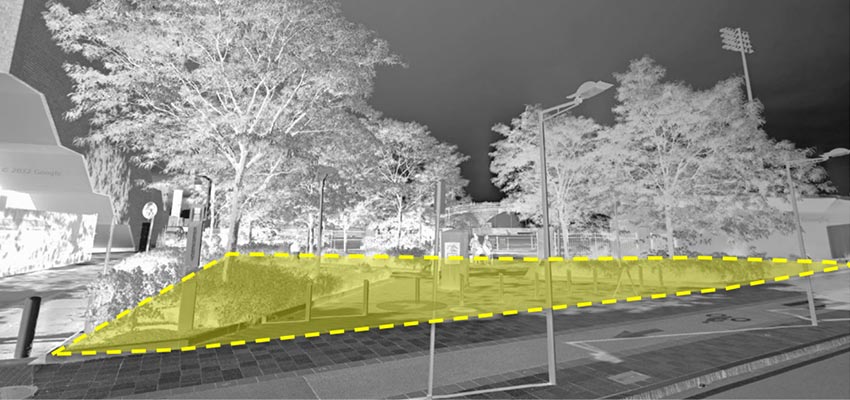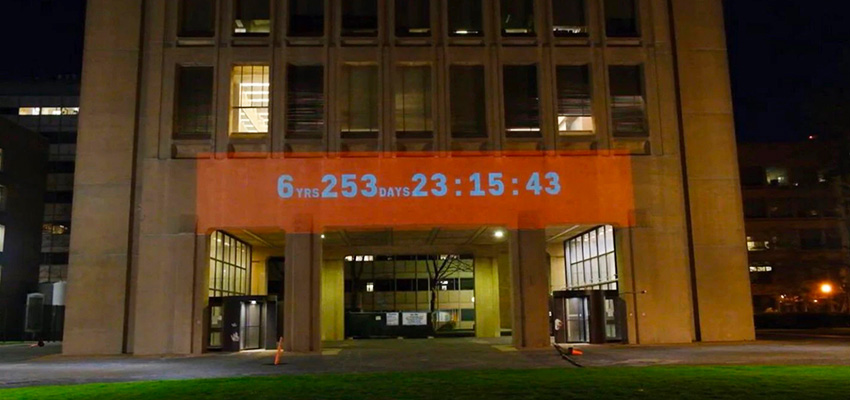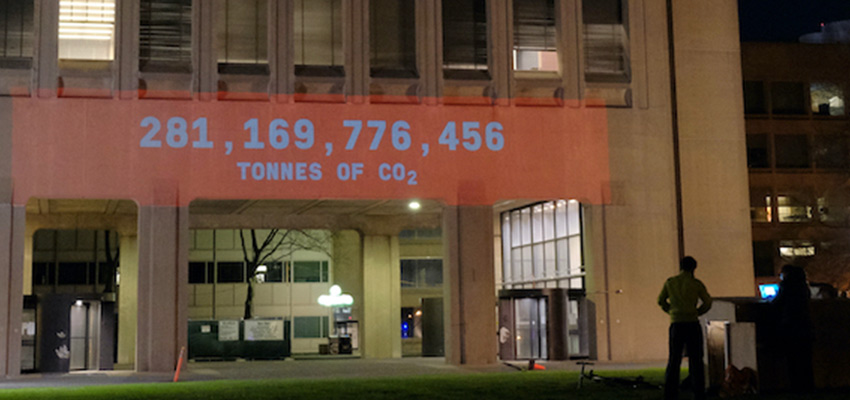Improving salt marsh resilience against climate change and providing tools and recommendations for implementing solutions
MIT D-Lab class
D-Lab: Climate Change and Planetary Health (EC.719/EC.789) Spring 2025
Team
- Izzy Zhu - Izzy is a junior at MIT studying Computer Science and minoring in Environment and Sustainability.
- Alice Ma - Alice is a junior at Wellesley.
Country
United States
Problem
Salt marshes, critical carbon sinks and coastal buffers, face rapid degradation due to sea-level rise (~3-4 mm/yr), erosion, and vegetation loss. Over 700 km² of global marsh area has vanished since 2000, releasing stored carbon and exacerbating climate impacts (Campbell et al., 2022). Prolonged flooding stresses high marsh grasses, while invasive species and algal blooms disrupt plant communities. Declining marshes threaten fisheries, tourism, and coastal infrastructure, with U.S. wetlands-associated recreation alone generating billions in revenue.
Traditional monitoring methods lack resolution and scalability, hindering timely conservation efforts.
Cultural context
Coastal communities in New England rely on salt marshes for flood protection, wild food harvests, and cultural practices. These ecosystems provide spiritual value and educational opportunities for Indigenous groups and local stakeholders. Their decline risks eroding biodiversity and socioeconomic resilience, including losses of species like the endangered Saltmarsh Sparrow and disruptions to coastal livelihoods.
Theory of change
By automating the detection of marsh changes, such as shoreline retreat, vegetation shifts, and pool expansion, this project empowers policymakers and conservationists to prioritize restoration, allocate resources efficiently, and advocate for policies like the Blue Carbon Initiative (monetizing carbon sequestration) and Land-Based MPAs (allowing marsh migration). Data-driven insights support nature-based solutions, such as sediment addition and shoreline buffering, to stabilize marshes.
Proposed solution
A machine learning pipeline processes satellite imagery (3m resolution from PlanetScope) to classify marsh features like water, vegetation, and sediment. The model, a U-Net with ResNet34 encoder, is trained on the Coast Train dataset. Users input coordinates and receive visualizations of marsh changes over time, enabling data-driven decision-making. This tool
complements on-ground strategies like replanting grasses, restoring tidal flow, and building oyster reefs to enhance resilience.
Example of image segmentation, segmenting the water from land regions.
To bridge technical analysis with actionable policy, we developed an open-access White Paper that:
- Synthesizes global salt marsh dynamics, including case studies from Sage Lot Pond.
- Detailed methodologies for carbon stock estimation using LOI (Loss on Ignition).
- Provides policy recommendations for coastal zoning, sediment replenishment, and community-led restoration.
- Offers a framework for integrating satellite data with local conservation efforts, emphasizing scalability for NGOs and governments.
The white paper is designed as a resource for stakeholders to implement site-specific strategies, such as runnel construction to reduce flooding or nutrient management to curb invasive species.
Satellite imagery from Sage Lot Pond.
Next steps
- Integrate predictive modeling to forecast future marsh loss under climate scenarios.
- Expand training data to include global marsh types for broader applicability.
- Advocate for policies to manage and protect critical marsh areas.
- Collect data from Sage Lot Pond to verify our pipeline findings.
References
- Campbell, A.D., Fatoyinbo, L., Goldberg, L., Lagomasino, D., 2022. Global hotspots of salt marsh change and carbon emissions. Nature 612, 701–706. https://doi.org/10.1038/s41586-022-05355-z
- FitzGerald, D.M., Hughes, Z., 2019. Marsh Processes and Their Response to Climate Change and Sea-Level Rise. Annual Review of Earth and Planetary Sciences 47, 481–517. https://doi.org/10.1146/annurev-earth-082517-010255










